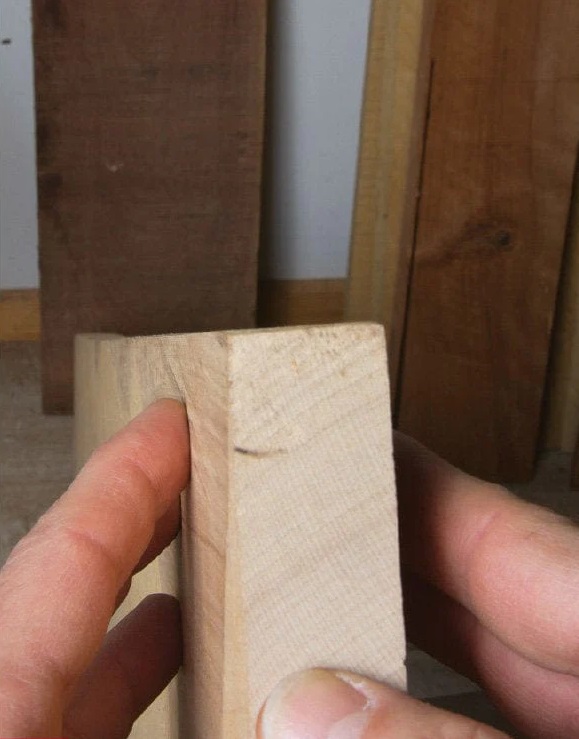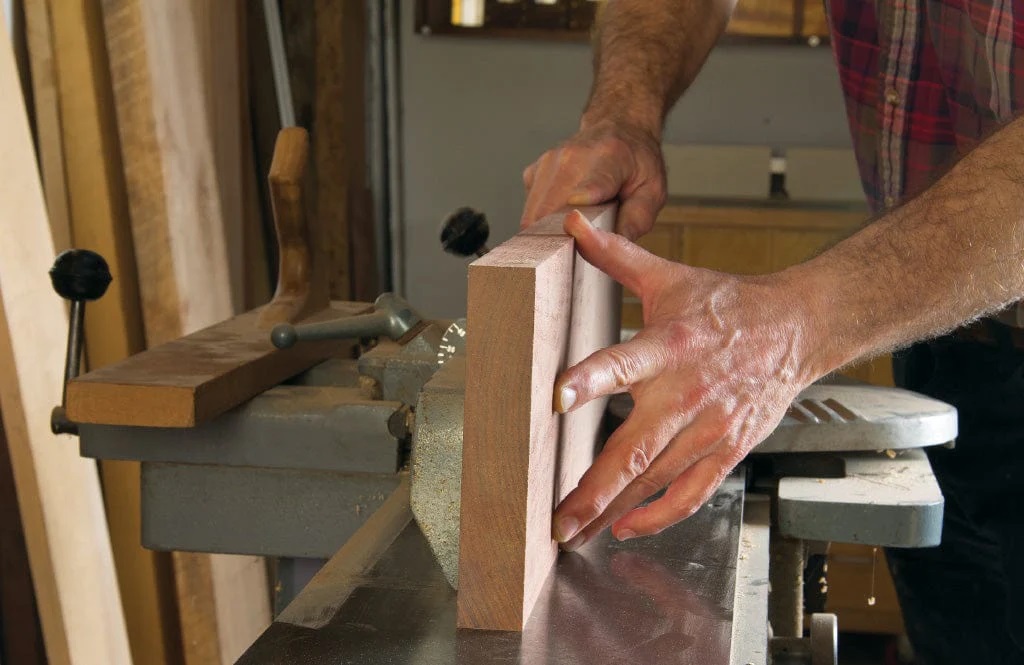Troubleshooting Common Jointer and Planer Problems

When working with a jointer or planer, achieving smooth, flat surfaces is essential for any woodworking project. However, even experienced woodworkers encounter problems with these tools. Understanding common issues and their solutions can help you maintain optimal performance and ensure high-quality results.
1. Snipe
One of the most frequent issues with planers is “snipe,” which appears as a dip or groove at the beginning or end of a board. This often occurs due to improper feeding of the wood. To minimize snipe, ensure the board is long enough to support itself as it enters and exits the planer. Additionally, you can use roller stands to help stabilize the wood. Adjusting the infeed and outfeed tables to be level with the planer can also reduce the occurrence of snipe.
 2. Uneven Cuts
2. Uneven Cuts
Uneven cuts can arise from dull or damaged blades. Inspect the blades regularly for signs of wear and replace or sharpen them as necessary. Another potential cause is improper alignment of the jointer or planer. Make sure the infeed and outfeed tables are level and aligned correctly. Use a straightedge to check the flatness of the tables and adjust them as needed to ensure consistent cuts.
3. Chipout
Chipout occurs when small pieces of wood tear out during cutting, particularly in delicate grain patterns. To minimize this issue, always cut with the grain rather than against it. Using a sharp blade and a slower feed rate can also help. If you’re working with especially fragile wood, consider applying painter’s tape along the cut line to hold the fibers in place and reduce the likelihood of chipping.
4. Glue and Finish Residue
If you notice that wood is sticking to the jointer or planer, it might be due to glue or finish residue on the surfaces. Always clean the tables and blades after use. Use a solvent or a cleaner suitable for the specific materials to remove any residue. Regular maintenance will ensure your tools remain effective and produce quality results.
5. Blade Height and Adjustment Issues
Inconsistent blade height can lead to uneven cuts and requires careful adjustment. Use a dial indicator to check the height of the blades against the tables. Adjust as necessary to ensure uniformity. Properly calibrating your jointer and planer helps maintain the accuracy of your cuts.
By being aware of these common jointer and planer problems and their solutions, you can keep your woodworking projects running smoothly. Regular maintenance, careful adjustments, and a bit of preventive care will ensure your tools perform at their best. With these tips in mind, you can enhance the quality of your work and enjoy the woodworking process more fully.

Comments
Add comment